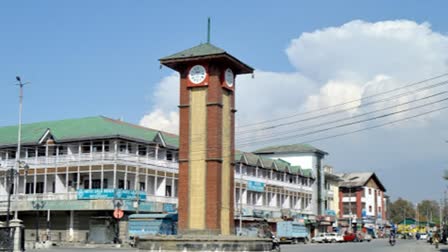Srinagar(Jammu and Kashmir): June 19, 2018, marked a pivotal moment in Jammu and Kashmir's political landscape. The region's last locally elected government dissolved as Mehbooba Mufti, then-Chief Minister, stepped down following the Bharatiya Janata Party (BJP) withdrawing from the coalition with her Peoples Democratic Party (PDP). Citing an untenable alliance, the BJP's exit was attributed to growing ideological differences and dissatisfaction with the coalition's handling of regional issues.
Since then, Jammu and Kashmir has not had an elected local government. Central rule has persisted, but change is imminent as approximately 87 lakh voters are set to elect their Assembly by September this year.
The coalition broke apart due to escalating differences between the PDP and BJP. Ram Madhav, a key BJP leader, announced the party's withdrawal, declaring the alliance "untenable" and advocating for Governor's rule to manage the state's affairs. "Considering Jammu and Kashmir as an integral part of India and to control the prevailing situation, we have decided to hand over the state's power to the Governor," Madhav said while addressing a press conference on June 19, 2018.
With no alternative alliances available, Mehbooba resigned. "We defended Article 370 and 35A," she said, emphasizing the region's unique status and opposing the "muscular policy."
NN Vohra, then Governor of Jammu and Kashmir, recommended the imposition of Governor's Rule to President Ram Nath Kovind. Subsequently, President's Rule was imposed by the end of 2018. The most significant change came in August 2019 when the Modi government downgraded the state into two Union Territories — Jammu and Kashmir, and Ladakh — and revoked the region's special status by abrogating Article 370.
Despite anticipated unrest, the central government has maintained control, reducing incidents of militancy. However, there has been an uptick in violence with the upcoming elections.
